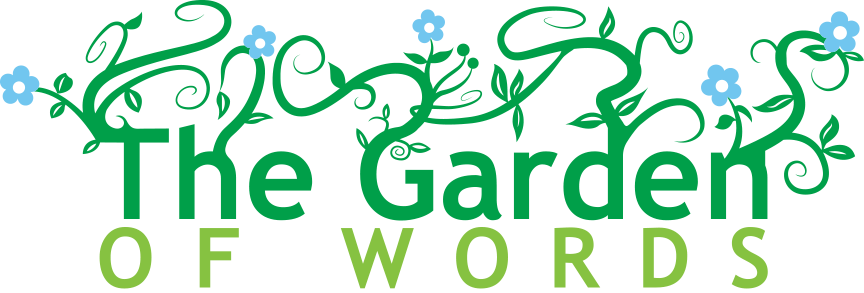If you’re on Instagram and aren’t getting the results you want, one of the first things you want to do is dive into your analytics. Now, we get it—that sounds a bit technical and daunting. We’re garden communicators, not analysts, right? But Instagram makes this fairly easy, and while there are a million different “metrics” that you can follow, there are a few that we think are the most important.

What’s a “Metric?”
Metrics are the measurements that companies and individuals use to gauge the impact of their posts. It’s that simple.
Where Do I Find These Metrics?
Go to your Instagram profile and click on the three stacked bars (called the “hamburger”) on the top right of your screen, then click “Insights.” That’s where the gold is, my friends. The most prominent pieces of information include:
- Accounts Reached: This tells you how many different IG accounts your content reached, the cities/countries they come from, and how many of these accounts are your followers. You’ll also see if your posts reached farther than your Stories (that’s good info to have), and if you scroll all the way down, you’ll see “Profile Activity.” That’s where you find out how many times people clicked on your profile, visited your website, etc.
- Accounts Engaged: Engagement indicates that when someone saw your post (that’s the “reach”), they commented, liked, or shared it. This is what you want, so pay attention to this one! You can also see at a glance which posts did the best.
- Total Followers: In this section, you can easily see how many followers you have, where they’re from (Are they local? Good to know.), the age range of your followers (Attracting the Boomers and your target is Millennials? Ouch, time to look at what you’re posting.), the gender of your followers, and the times of day they are most active on Instagram (They’re scrolling at noon? Stop posting at 6pm!).
There are more insights, of course, and you can dive as deep as you want to in there, but those are the basics.
What Do I Do with These Metrics?
So. Many. Things. We started noting some of them in the previous section, but here’s a quick rundown:
- Understand which posts/stories/reels do the best, and which ones tank. Don’t repeat the ones that tank. Example: We created a graphic for a client with a garden quote on it and posted it on a Sunday, and by Monday it literally went viral. Our takeaway? We now post garden quotes with cute graphics every Sunday.
- Know the best times of day to post (noted above).
- Get a clear picture of the person who is following you. Is your audience primarily women in their 50s that live in your area? You want to post content that speaks to them. That’s not your intended or desired audience? Change what you’re posting, from images and captions to the hashtags you’re using.
- Figure out and track your engagement rate (see below for deets). This is the most valuable metric to us if we want to grow our followers, because it tells us the percentage of time our followers are engaging with us when they see our content. That means they like it.
How Do I Calculate My Engagement Rate?
Easy peasy. If you’re tracking your metrics weekly, which is what we recommend, then add up your likes and comments for the posts of the previous week, divide by the number of followers you have at the end of that week, and then multiply by 100.
Example: 152 likes/comments ÷ 2648 followers = 0.0574 x 100 = 5.74% engagement rate
That’s not bad, and here’s why: A couple years ago, Instagram stopped showing posts in your feed chronologically and started showing you what they believe you want to see, and if you have posts that have a high rate of engagement, they will prioritize that post to your followers. The more people see your content, the higher the likelihood of them clicking on your links and opting into your offerings.
So what’s a good rate to aim for? Remember that social media is a moving target with ever-changing algorithms, and that engagement rates vary from industry to industry. But overall, an average engagement rate for all of Instagram users is about 1.22%, and average engagement rate for the home and garden industry hovers around 2.10%.
Track your metrics in a simple spreadsheet (we like Google Sheets for this) and make it a weekly habit (we do it every Monday). You’ll be able to see how your content is performing, and if you see a couple weeks’ worth of dip in your numbers, you can investigate why that’s happening and adjust your content accordingly.
Bottom line: You can’t improve what you’re doing if you don’t know how your content is performing. Tracking your Instagram analytics takes just minutes a week and can save you hours of time and energy wasted on posting the wrong things at the wrong time to the wrong audience.



